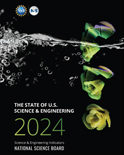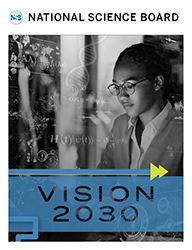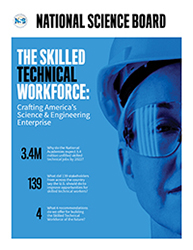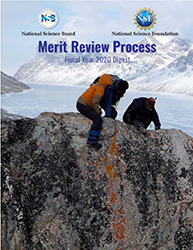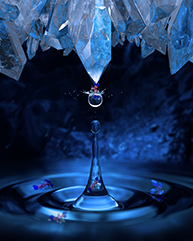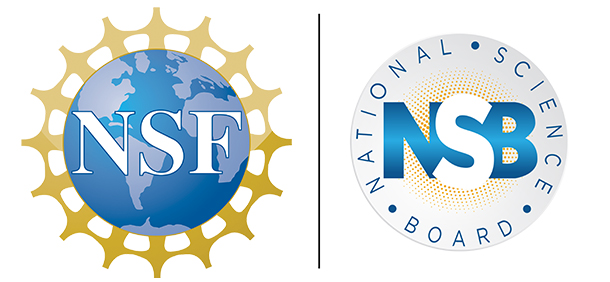
National Science Board Statement and Resolution
February 27, 2024
The National Science Board approved the statement and resolution below during its Feb 21-22, 2024 meeting in recognition of the scientific importance of the U.S. Extremely Large Telescope program, Astro2020 recommendations, and the need to balance infrastructure investments with other NSF strategic priorities.
NSB Statement on the U.S. Extremely Large Telescope Program
The Board appreciates the consensus views of the Pathways to Discovery in Astronomy and Astrophysics for the 2020s (Astro2020) report, the ambitious science goals it presents, and its associated programmatic recommendations. The top recommendation for NSF’s ground-based initiatives is the investment in the U.S. Extremely Large Telescope (USELT) program, and the Board stands ready to help the agency meet this important, ambitious, and visionary goal for U.S. science and leadership. However, the Board is concerned that the USELT alone would require about 80% of the historical Major Research Equipment and Facilities Construction (MREFC) budget even under the Astro2020-recommended $1.6 billion1 investment. The Board recognizes there are compelling MREFC needs across a wide range of science and engineering fields, as well as other astronomy needs expressed in the Astro2020 decadal survey. Moreover, the priorities of the astronomy and astrophysics community must be considered in the broader context of the high-priority, high-impact projects for the many disciplines that NSF supports.
Therefore, in recognition of NSF’s other strategic priorities and out of concern that “the large gap between commitments in-hand from the partners, and what is required to complete [the Giant Magellan Telescope (GMT) and Thirty Meter Telescope (TMT)]”2 risks ELT and, thus, U.S. science and engineering, the Board recommends that:
- The USELT Total Project Cost to NSF does not exceed the $1.6 billion MREFC investment proposed by Astro2020.
- NSF discuss with the Board during the May 2024 meeting its plan to select which of the two candidate telescopes the Agency plans to continue to support, including estimated costs and a timeline for the project.
- NSF discuss with the Board during the May 2024 meeting its progress in developing a long-term agency strategy for MREFC projects.
1 Pathways to Discovery in Astronomy and Astrophysics for the 2020s, Table S.6; pg. K-14; in real year dollars as of 2020, from NSF’s Major Research Equipment and Facilities Construction account
2 Op. cit., pg. 7-24
RESOLUTION
NATIONAL SCIENCE BOARD
U.S. EXTREMELY LARGE TELESCOPE PROGRAM
WHEREAS, the National Science Board statement NSB-AF-2024-4 acknowledges that the top recommendation of the Pathways to Discovery in Astronomy and Astrophysics for the 2020s (Astro2020) report for the National Science Foundation’s ground based initiatives is investment in the U.S. Extremely Large Telescope (USELT) program;
WHEREAS, the National Science Foundation has many strategic priorities and supports education, discovery, and innovation in science and engineering fields that are critical to U.S. leadership, national security, and economic prosperity;
RESOLVED, that the National Science Board endorses the National Science Foundation’s continued support for the USELT program and, pending the outcome of the appropriate internal review process, recommends that the Total Project Cost not exceed the Major Research Equipment and Facilities Construction account investment of $1.6 billion proposed by Astro2020.
Media Contact: Nadine Lymn, nlymn@nsf.gov (703) 292-2490
Useful NSB Web Sites:
Home Page: http://www.nsf.gov/nsb
Media Contact: http://www.nsf.gov/staff/staff_bio.jsp?lan=nlymn&org=NSF
News: http://www.nsf.gov/nsb/news
Meetings: http://www.nsf.gov/nsb/meetings
Publications: http://www.nsf.gov/nsb/publications
Facebook: https://www.facebook.com/NationalScienceBoard
Twitter: Twitter: https://twitter.com/intent/user?screen_name=NSF_NSB
YouTube: https://www.youtube.com/channel/UCkrHRzuGSrPp2haQs0T_Pww
To view PDF documents, please download Adobe Acrobat Reader.
